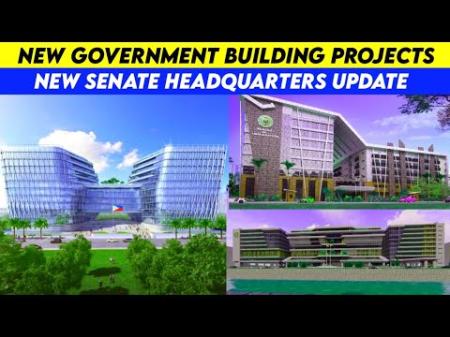Metro Manila, the National Capital Region of the Philippines, is the center of culture, economy, finance, education, and government of the country. It is the 4th richest city in the region and ranks among the upper 100 Wealthiest Cities in the world. With a gross domestic product of $192.6 billion which contributes to 44% of the country’s economy, despite its small land area.
The national capital Region of the Philippines, is rapidly growing. While its development and urbanization are well-expanded beyond its city limits, from the core of the Metro to its surrounding areas.
The bustling Mega City is home to over 17 million people, in an area of less than 620 square kilometers, making the region one of the most densely populated metropolis in the world. However, challenges comes with development. Daily traffic congestion, over population and pollution are the fundamental problems, Metro Manila is facing. Which curtailed the nation’s potential growth. And this is spreading to the surrounding areas of Bulacan, Rizal, Laguna, and Cavite.
Without a present solution, these problems will worsen as the population steadily increases from 23 million to 30 million for Mega Manila by the year 2030. Becoming one of the largest megacities in Asia. With these in mind, the Philippine Governments create a doable long-term integrated infrastructure development for Mega Manila. Using Transport as the catalyst for sustainable development. Aims to provide solutions to traffic congestion, and to enhance connectivity within Mega Manila.
These, are the top 10 biggest infrastructure projects in Mega Manila, which will transform the Megapolis into a premier Megacity in Asia-Pacific, as the city regains its past glorious glory.
The Metro Manila Subway.
The North-South Commuter Railway.
Sangley Point International Airport.
New Manila International Airport.
Bataan-Cavite Interlink Bridge.
The Metro Rail Transit 7 or MRT line 7.
The Common Station of Manila, or dubbed as Unified Grand Central Station.
The Pasay Reclamation Development Project
The Manila Waterfront City
Solar City Manila
Horizon manila
Join this channel to get access to perks:
/ @aseananalytics
The national capital Region of the Philippines, is rapidly growing. While its development and urbanization are well-expanded beyond its city limits, from the core of the Metro to its surrounding areas.
The bustling Mega City is home to over 17 million people, in an area of less than 620 square kilometers, making the region one of the most densely populated metropolis in the world. However, challenges comes with development. Daily traffic congestion, over population and pollution are the fundamental problems, Metro Manila is facing. Which curtailed the nation’s potential growth. And this is spreading to the surrounding areas of Bulacan, Rizal, Laguna, and Cavite.
Without a present solution, these problems will worsen as the population steadily increases from 23 million to 30 million for Mega Manila by the year 2030. Becoming one of the largest megacities in Asia. With these in mind, the Philippine Governments create a doable long-term integrated infrastructure development for Mega Manila. Using Transport as the catalyst for sustainable development. Aims to provide solutions to traffic congestion, and to enhance connectivity within Mega Manila.
These, are the top 10 biggest infrastructure projects in Mega Manila, which will transform the Megapolis into a premier Megacity in Asia-Pacific, as the city regains its past glorious glory.
The Metro Manila Subway.
The North-South Commuter Railway.
Sangley Point International Airport.
New Manila International Airport.
Bataan-Cavite Interlink Bridge.
The Metro Rail Transit 7 or MRT line 7.
The Common Station of Manila, or dubbed as Unified Grand Central Station.
The Pasay Reclamation Development Project
The Manila Waterfront City
Solar City Manila
Horizon manila
Join this channel to get access to perks:
/ @aseananalytics





